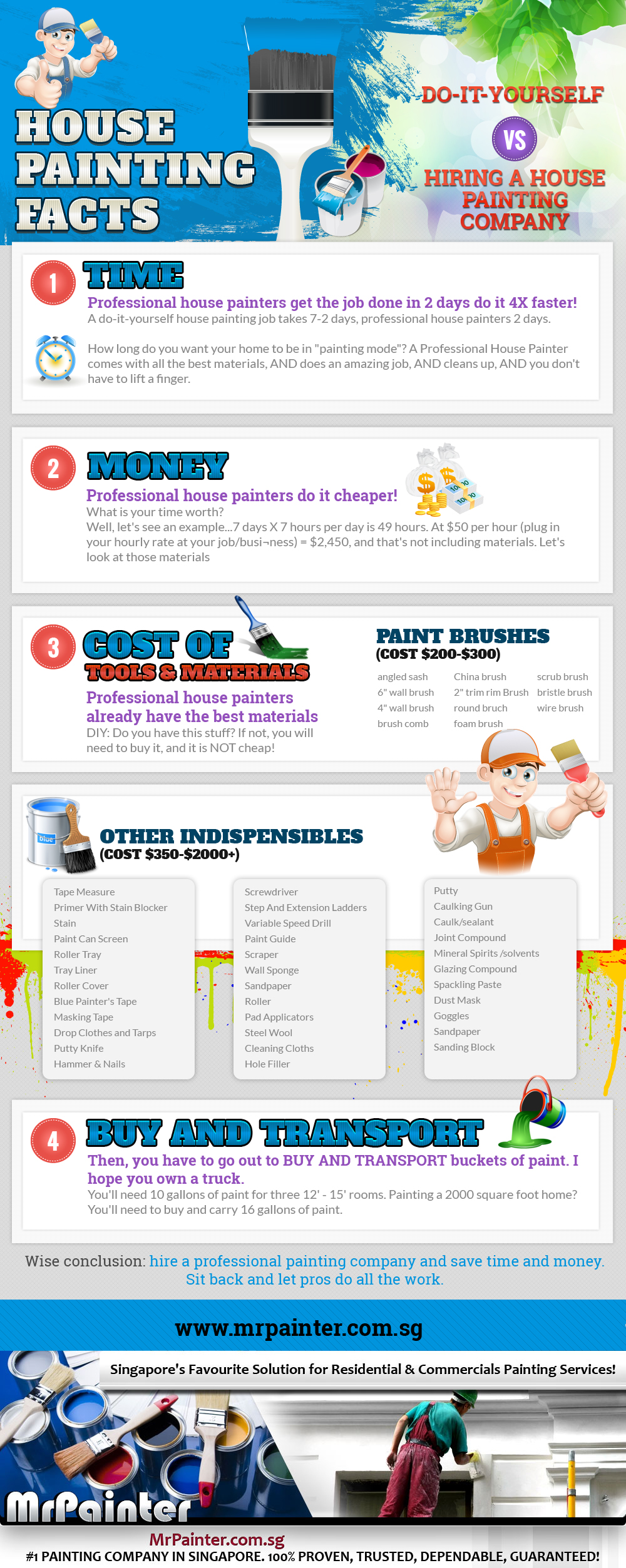Comprehending Seasonal Influences On Commercial Outside Paint: Crucial Knowledge For Success
Comprehending Seasonal Influences On Commercial Outside Paint: Crucial Knowledge For Success
Blog Article
Web Content Author-Burnham Skafte
When you're intending a business outside painting job, seasonal factors can make or damage your results. You'll want to consider exactly how temperature and humidity effect paint application and drying times. Picking the appropriate season can ensure your paint adheres properly and lasts much longer. Yet which seasons are genuinely the most effective for this kind of work? Let's explore the crucial elements that can impact your job's success.
The Effect of Temperature on Paint Application
When you're preparing an industrial external paint project, the temperature level can dramatically influence just how well the paint adheres and dries.
Ideally, you wish to repaint when temperatures range between 50 ° F and 85 ° F. If it's too chilly, the paint may not cure correctly, causing issues like peeling or breaking.
On the other hand, if it's also hot, the paint can dry out also promptly, preventing correct bond and leading to an uneven surface.
You must also consider the time of day; morning or late afternoon supplies cooler temperature levels, which can be much more positive.
Constantly check the producer's suggestions for the details paint you're making use of, as they often supply support on the perfect temperature variety for optimum results.
Moisture and Its Result on Drying Times
Temperature isn't the only ecological factor that influences your commercial exterior painting job; moisture plays a significant duty as well. High humidity levels can decrease drying times dramatically, impacting the overall quality of your paint task.
When the air is saturated with wetness, the paint takes longer to treat, which can cause concerns like poor bond and a higher threat of mildew development. If you're repainting on a specifically humid day, be prepared for extensive delay times in between coats.
It's essential to monitor regional climate condition and plan accordingly. Ideally, go for moisture levels between 40% and 70% for optimum drying out.
Maintaining these factors in mind ensures your task remains on track and supplies a long-term surface.
Best Seasons for Commercial Exterior Painting Projects
What's the best season for your commercial exterior painting jobs?
Springtime and early fall are generally your best bets. Throughout visit this website , temperature levels are light, and moisture degrees are typically lower, creating excellent conditions for paint application and drying.
Avoid summer season's intense heat, which can trigger paint to dry also rapidly, leading to poor adhesion and finish. Similarly, surprise painting company can hinder correct drying and curing, running the risk of the longevity of your paint task.
Go for days with temperature levels in between 50 ° F and 85 ° F for optimal results. Keep in mind to examine the local weather prediction for rainfall, as damp conditions can wreck your project.
Read the Full Guide around these elements ensures your painting project runs smoothly and lasts longer.
Conclusion
In conclusion, intending your business outside paint tasks around seasonal factors to consider can make a considerable distinction in the outcome. By scheduling job during the optimal temperature levels and moisture degrees, you'll guarantee far better bond and drying out times. Remember to watch on neighborhood weather forecasts and choose the correct time of year-- springtime and very early autumn are your best bets. Taking these steps will help you accomplish a resilient and expert surface that lasts.
